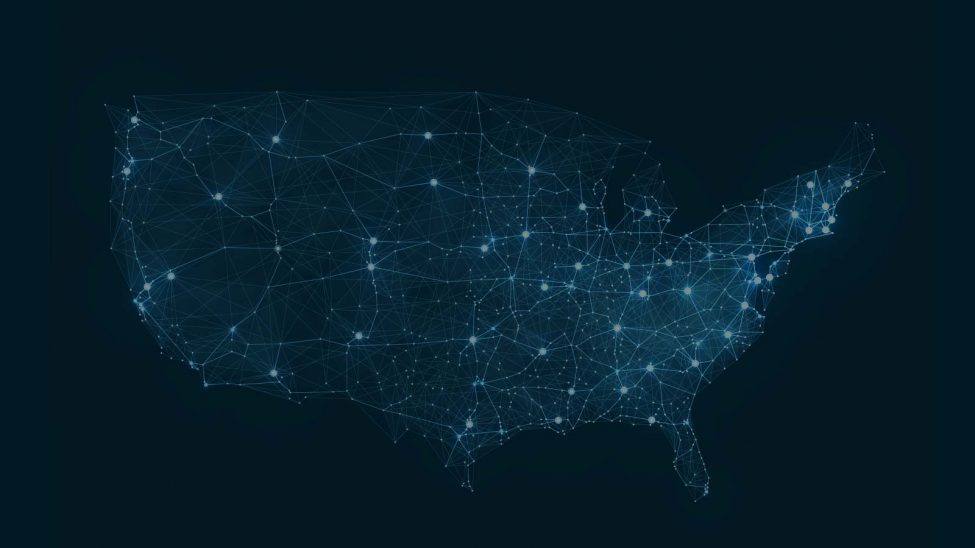What is public media’s interconnection system?
Public media’s interconnection system is a distribution network that enables your local stations to deliver your favorite programs, the news, music and emergency communications to you every day for free.
For more than 20 years, Congress has provided federal funding for public media’s interconnection system, which requires periodic updates to meet advancements in broadcast technology. When we ask Congress to fully funded public media, that request includes interconnection.
How does interconnection work?
Interconnection leverages cost-effective, high quality, and reliable satellite and digital technologies to provide the infrastructure that allows stations to:
- Send and receive programming
- Receive and distribute Presidential messages from the Federal Emergency Management Agency (FEMA)’s national Emergency Alert System (EAS)
Why is interconnection important?
No matter where you live, interconnection ensures that your local public media stations’ can provide you with programming and lifesaving emergency communications. It’s the only system that reaches 98 percent of our nation for free – virtually every American household. In fact, if you live in a rural or remote area, your public media stations could be your only source of local and emergency information.
If Interconnection funding is cut, it becomes nearly impossible for local stations to broadcast your favorite programs and bring you important public safety communications.
Why is interconnection critical during emergencies?
Interconnection ensures that Americans with timely, critical information before, during and after emergencies.
During a disaster, public media’s interconnection system receives emergency alert information directly from FEMA, which it then transmits to any or all of the 1,278 independently-operated radio stations and 170 public television stations nationwide, which reach over 98 percent of the United States. Stations serving the affected areas broadcast the alerts, even when power grids and internet services are down. In addition, public media stations share FEMA emergency alerts with cell phone carriers to support the Wireless Emergency Alert (WEA) system that sends geo-targeted text messages with emergency information to cell phones in the affected area.
Interconnection is the backbone of local public media stations. Without interconnection funding, you could lose access to the programming you enjoy daily and the public safety information you rely on during emergencies.
With your help, we can protect the important services provided by your local stations through the interconnection system.
[cs_element_section _id=”10″][cs_element_row _id=”11″][cs_element_column _id=”12″]
Follow Us